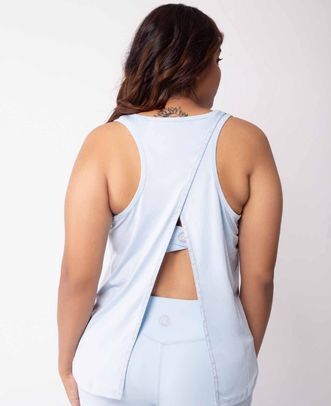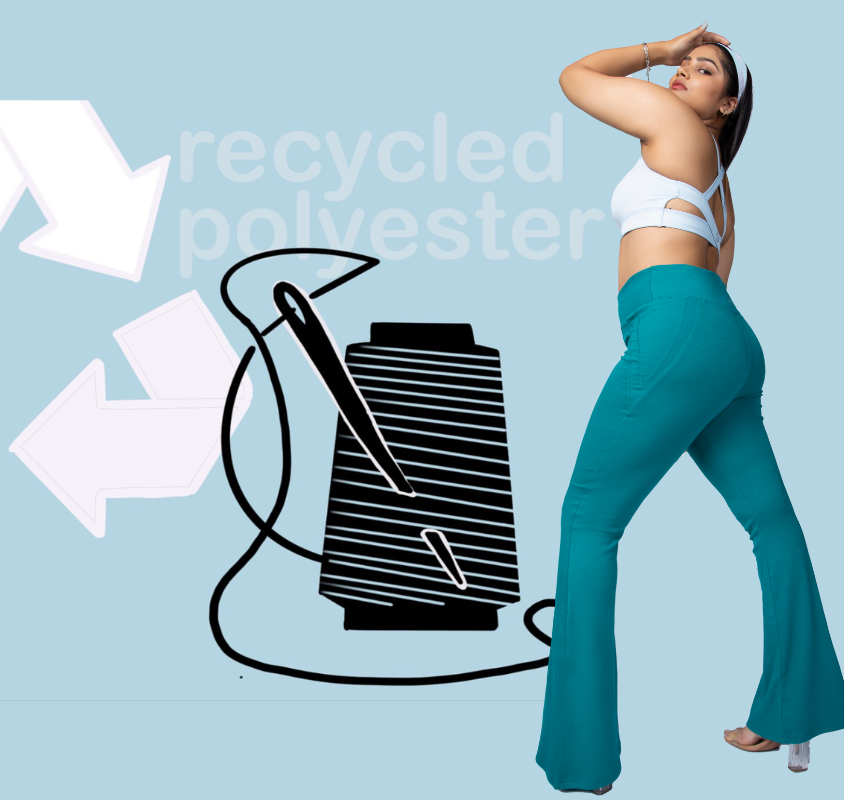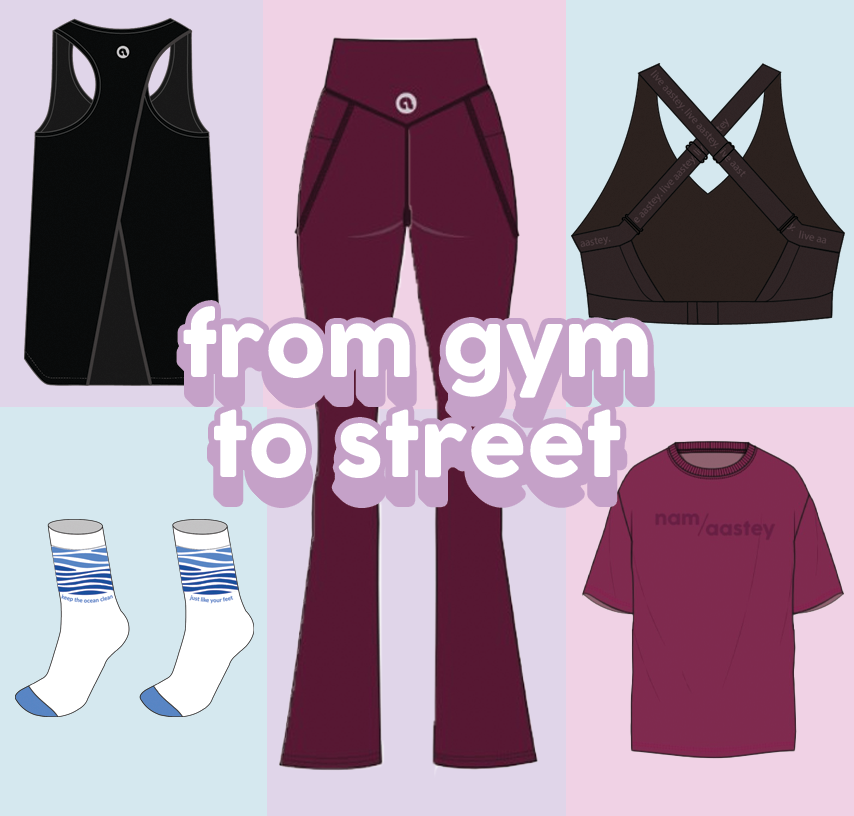it is always exhilarating to find a timeless piece in a thrift store. it can be a pure cashmere or a cute top that you might not find anywhere in production anymore. thrift shopping is the practice of shopping for pre-loved, second-hand vintage clothing. now, while buying second-hand clothes was looked down upon in the past, it has become popular as a more sustainable and eco-friendly choice.

In India, the trend of Instagram thrifting has become more popular in recent years as more and more consumers want to shift to more eco-friendly practices. Moreover, an increase in thrift haul videos on YouTube and TikTok have introduced a generation of teenagers to online thrift shopping. platforms on Instagram have also made reselling easier and not something that is seen as taboo anymore.
people want unique clothing that adds to their personal fashion statement and thrift shopping vintage clothes adds to the excitement of finding that perfect piece which will give your wardrobe a style update. according to research, 40% of Gen Z-ers were buying second hand as opposed to 30% in 2016. the logic behind second-hand buying is that it keeps more clothes in circulation for longer and doesn’t create waste because we are not throwing them out. so, that seems like a good sustainable practice to adopt.
but, there is always a catch.
research shows that thrift shopping might become more harmful if we do not have a strong foundation. simply put, it won’t make a difference if you are buying second-hand, if you end up buying more than you require just because they are cheaper or stylish. you are not really putting a stop on your shopping addiction but instead enabling it by saying, “hey! it’s sustainable!”. it is not.
if you think you are donating your clothes so you can buy more guilt-free, think again. only 10 to 20% of the donations end up being displayed in the stores or online. the high volume of these clothes is a sign of how quickly clothes are abandoned, thus creating a cycle where second-hand thrift shopping cannot survive without fast fashion.
thrift stores are also not size inclusive and fail to offer clothes in anything other than the standard small sizes. people with different larger bodies have fewer options which is demoralising for so many women.
so, before you step into a thrift store for some adventurous buying, look into your own closet. see which clothes can be mended and upcycled before. restyle clothes within your closet instead of swapping it at a thrift store.
this doesn’t mean that you cannot still engage in thrift shopping. we just need to keep an eye on how sustainable we are while thrifting. A strong foundation of the basic principles makes all the difference in the world.
until next time, folks!
live sustainable. live aastey.




































